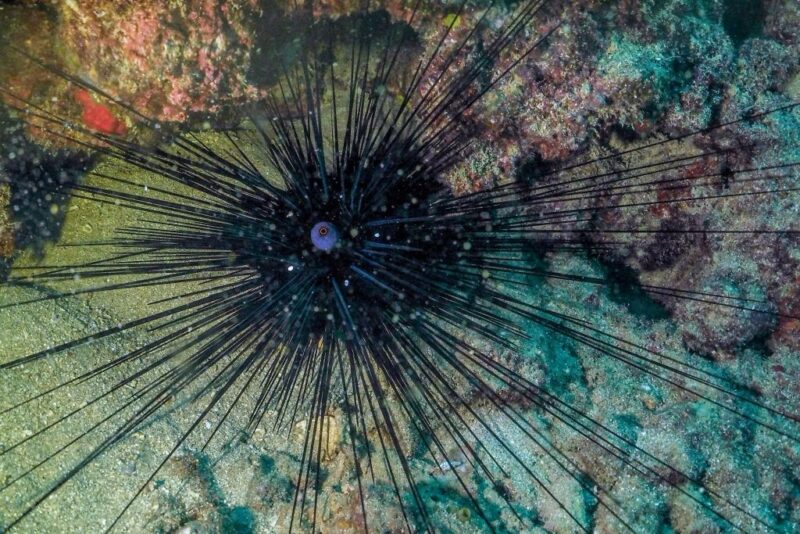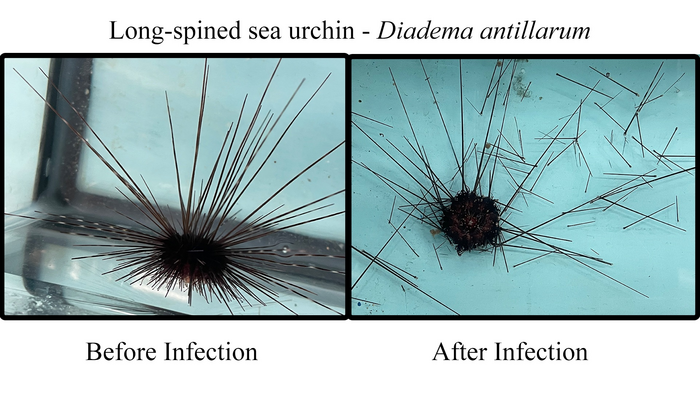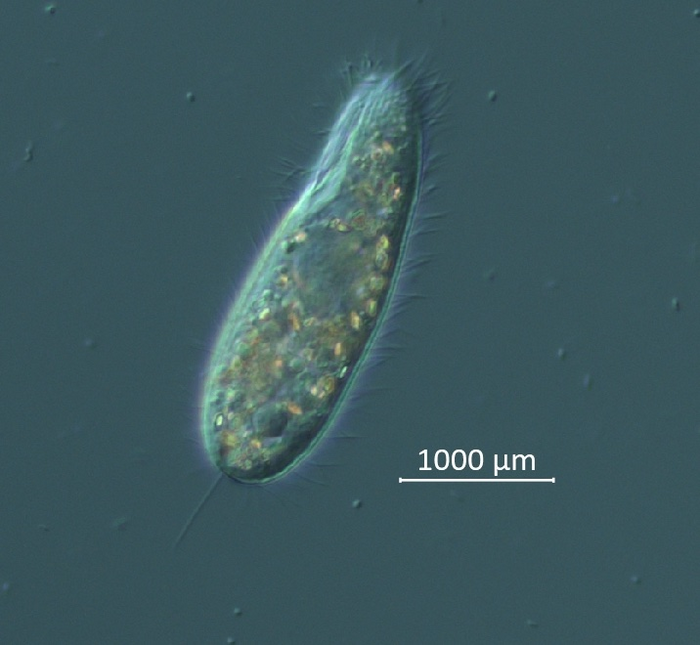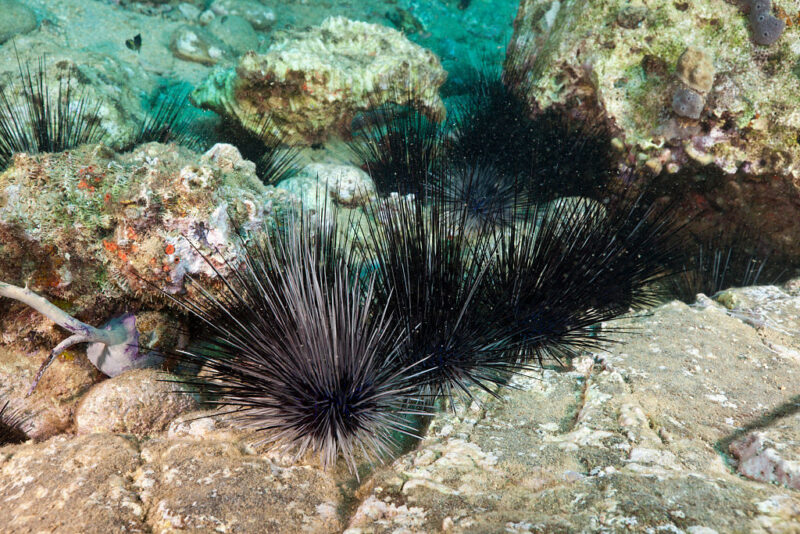Scientists Solve Mystery of Sea Urchin Killer In the Caribbean
After sea urchins in the Caribbean started getting sick and dying off in 2022, scientists began looking into what the cause could be. Now, in a study published in the journal Science Advances, they’ve revealed the culprit who’s exacerbated the decline of the region’s coral reefs.

Scientists began noticing the widespread black sea urchin illnesses in January 2022, in a region spanning from Florida and Mexico to the US Virgin Islands and Jamaica, all the way to Puerto Rico. Dive shops began reporting deaths the following month, showing the unusual symptoms the marine creatures were experiencing – feet losing suction, drooping spines that eventually fell off – were fatal.
Before long, scientists began to notice the phenomenon wasn’t isolated to the one sea urchin species, with deaths being reported among West Indian sea egg and rock-boring sea urchin populations.
This was of immediate concern, as sea urchins play a key role in coral reef ecosystems. Nicknamed “lawnmowers,” they ingest the algae that grows on the coral, allowing baby types to grow. “They’re kind of the unsung heroes of the reefs because they do so many things,” Patricia Kramer, a marine biologist and program director with the Atlantic and Gulf Rapid Reef Assessment, told the Associated Press in April 2022.

To determine the cause, a team of 42 scientists took samples of both sick and health sea urchins, from an area spanning 23 different sites. Upon examination, neither viruses nor bacteria were found. However, traces of a single-celled organism known as a ciliate appeared on the sick specimens.
While the majority of the parasites don’t cause disease, this particular species, the protozoan Philaster apodigitiformis, has been linked to other aquatic outbreaks. To confirm it was the cause, they placed the organisms in a tank with 10 healthy sea urchins. Of those, six died after exhibiting the same symptoms of those in the wild.
“It’s extremely rare to identify the causative agent for most marine invertebrate diseases, and a typical timeline for figuring it out would be years or even decades,” Mya Breitbart, one of the study’s authors and a biologist at the University of South Florida, told Gizmodo. “One of the most astonishing parts of this research for me was how quickly we were able to identify the ciliate.”

According to the team, the sea urchin deaths have already begun to impact the coral reefs in the Caribbean. Speaking with the Associated Press in April 2023, Don Levitan, a marine scientist from Florida State University, recalled seeing the reefs around the US Virgin Islands littered with the creatures. Now, the coral has been taken over by algae and disease, meaning it’s unable to handle the stress associated with rising ocean temperatures.
It’s reported that the parasite led to declines as high as 85-95 percent in certain areas, compared to pre-mortality numbers. At present, the scientists don’t know how to treat the infections, but believe uncovering the cause will allow them to develop strategies for maintaining the sea urchins’ health.
“Knowing the pathogen’s identity may also help mitigate risk to untouched Diadema through such things as boat traffic, dive gear, or other ways it may be moved around,” Ian Hewson, professor of microbiology at Cornell University and one of the study’s authors, wrote in a press release.

There are a number of questions that still remain unanswered, including whether the ciliate was new to the area and what allowed it to grow at such a rapid rate. The team are also looking into whether it could negatively impact the health of other sea urchin species.
“One theory we have is that the ciliate grew well under high-productivity conditions that were observed in the Caribbean when the die-off first started,” Christina Kellogg, a microbiologist with the US Geological Survey, said in a separate press release. “We’re also curious about the fact that there is some overlap in some geographic areas where this die-off occurred and where corals are declining from stony coral tissue loss disease.”
More from us: ‘I Didn’t Want to Come Out’ – Spanish Woman Emerges From Cave After 500 Days
A similar large-scale die-off of sea urchins swept through the Caribbean in the 1980s, resulting in a loss about 98 percent of the region’s population. While their numbers rebounded, they only did so by an estimated 12 percent. Stretching across the Atlantic Ocean, beginning near the Panama Canal, the cause was never determined.
With these latest findings, scientists are beginning to wonder if the same parasite could have been behind the deaths.





